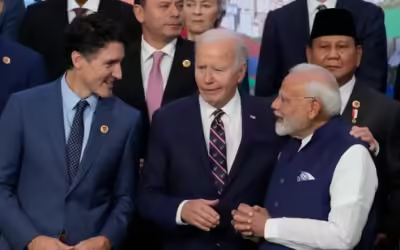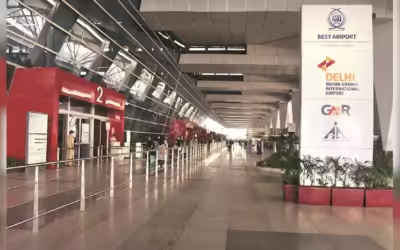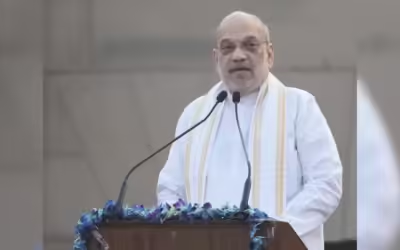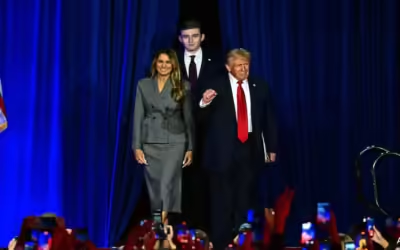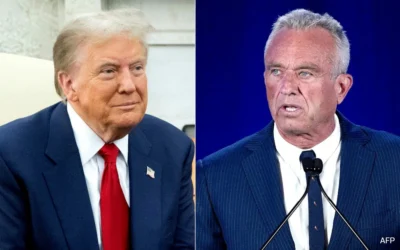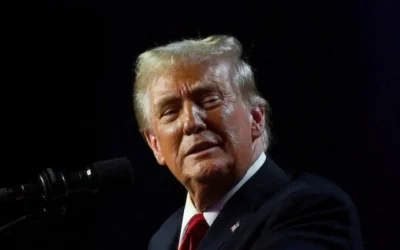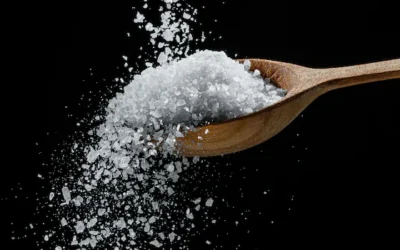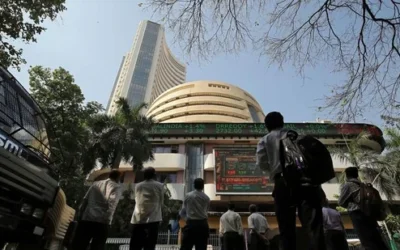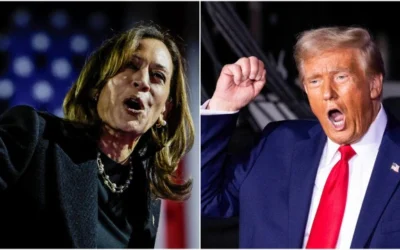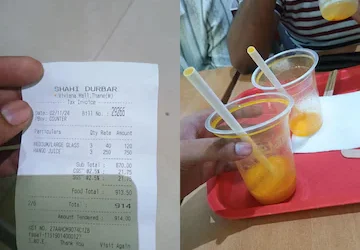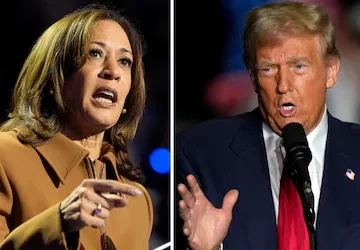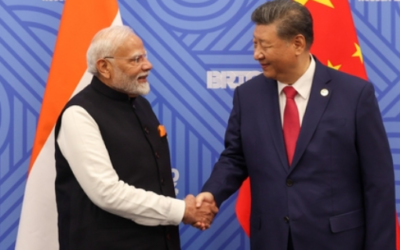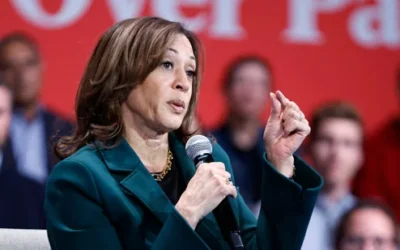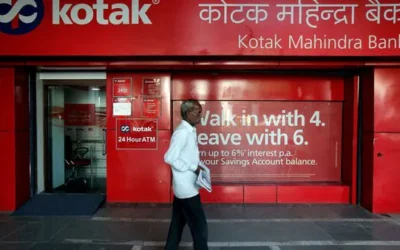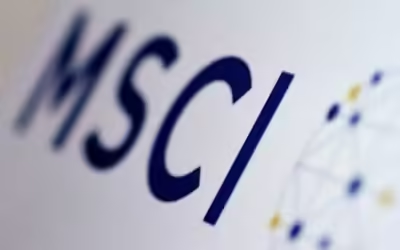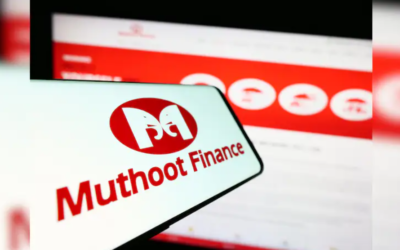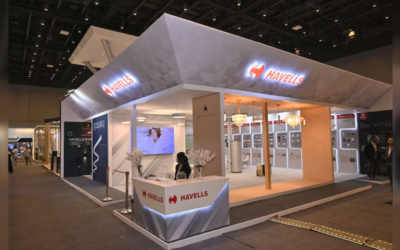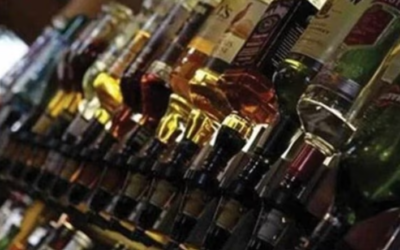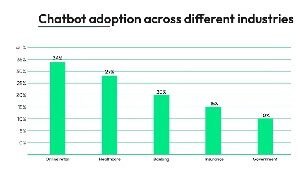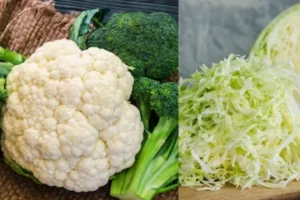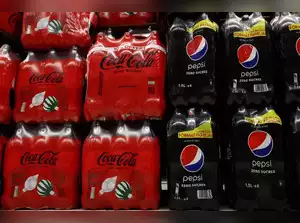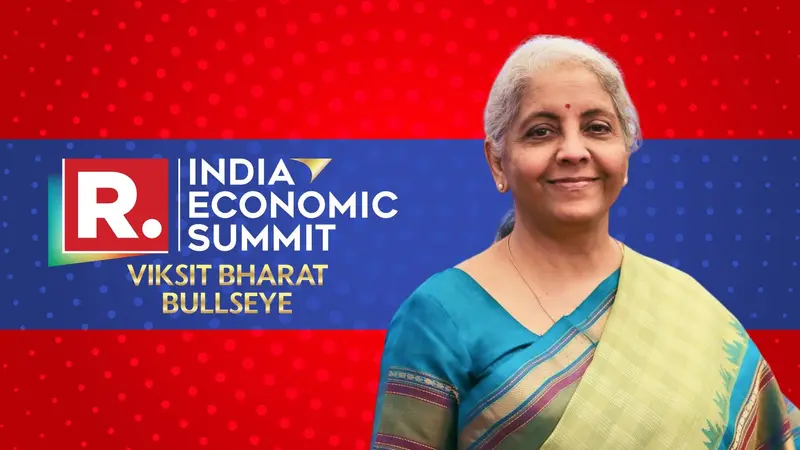PepsiCo and Coca-Cola are exploring the option of introducing more affordable soft drink varieties in regional markets to compete with Campa by Reliance Consumer Products. Campa’s competitive pricing and attractive trade margins pose a significant challenge to the current market leadership. The two major cola companies are focused on maintaining the integrity of their core brands and profit margins, devising regional pricing strategies and promotional activities to effectively tackle the competitive pressure presented by Campa.
Industry insiders have revealed that PepsiCo and Coca-Cola are considering introducing affordable soft drinks, priced 15-20% lower than their regular offerings, to target regional markets and combat the growing competition from Campa by Reliance Consumer Products in New Delhi.
Among the strategies employed by Reliance Industries’ consumer products subsidiary to enhance the market presence of its Campa brand is the implementation of disruptive pricing policies and providing retailers with more attractive trade margins compared to their competitors. The gradual expansion of the financially strong Reliance group in a market largely dominated by them and a few regional competitors has prompted global cola giants to develop countermeasures. These may involve introducing more affordable products or secondary brands (B-brands) to remain competitive without compromising their market positions.
Ravi Jaipuria, the chairman of Varun Beverages, PepsiCo’s prominent bottling partner in India, stated that they are prepared to introduce a product line to compete with the pricing in the B-segment. Despite this, he emphasized that PepsiCo remains unaffected by Campa’s pricing strategy.
During a recent analyst call following the company’s earnings report, Jaipuria mentioned that Reliance has a unique strategy, specifically addressing a question regarding Campa’s pricing.
Campa was referred to as a “strong contender” by him. He mentioned, “In the future, they will capture a portion of the overall market. I can’t say who will be impacted first… It’s uncertain. However, we are enhancing our market approach,” stated Jaipuria.
According to two informed executives, Coca-Cola is stepping up the distribution of returnable glass bottles priced at Rs 10, primarily targeting tier-2 markets. The company is also strategizing the introduction of regional brands that can be expanded as needed. An example of such a brand is RimZim jeera, initially launched as a short-term product and now available on a very restricted scale. This move aims to safeguard the profit margins of their core brands, a priority for the major cola company.
ET’s email seeking comment went unanswered by Coca-Cola.

Pricing and profit margins
Renowned local soft drink brands comprise Bovonto soft drinks from Kali Aerated Water Works in Chennai, and Jayanti cola, Lemonta, and App Lizz from Jayanti International in Rajasthan. Additionally, Gujarat’s Sosyo Hajoori Beverages, which offers Kashmira, Ginlim, Lemee, and Runner brands, is partially owned by Reliance Consumer with a 50% stake.
Reliance Consumer offers Campa in 200 ml bottles for ’10 each, while Coca-Cola and PepsiCo sell their 250 ml bottles for ’20. In terms of pricing, a 500 ml Campa bottle is priced at ’20, whereas Coke is priced at ’30 and Pepsi at ’40 for the same size.
An industry executive highlighted that multinational corporations (MNCs) have not immediately lowered prices but instead increased their tactical promotional activities at local stores. They are actively involved in cross-promotions and cross-bundling on fast-commerce platforms. Adjusting the prices of key brands would directly affect the margins crucial to their business strategies. Furthermore, pricing determinations also involve input from all autonomous franchisee bottling partners.
Distributors are being offered a margin of 6-8% by Reliance Consumer, which surpasses the 3.5-5% margin provided by other soft drink manufacturers.
Sunil D’Souza, the Managing Director of Tata Consumer Products, mentioned during a recent post-results conference call that the industry faces disruption due to the entry of a new player offering products at a different price point.
He mentioned that although the retail prices were both ’10 on paper, there was a significant disparity in the trade prices, highlighting the hidden aspect of the situation where the other piece didn’t emerge promptly.







